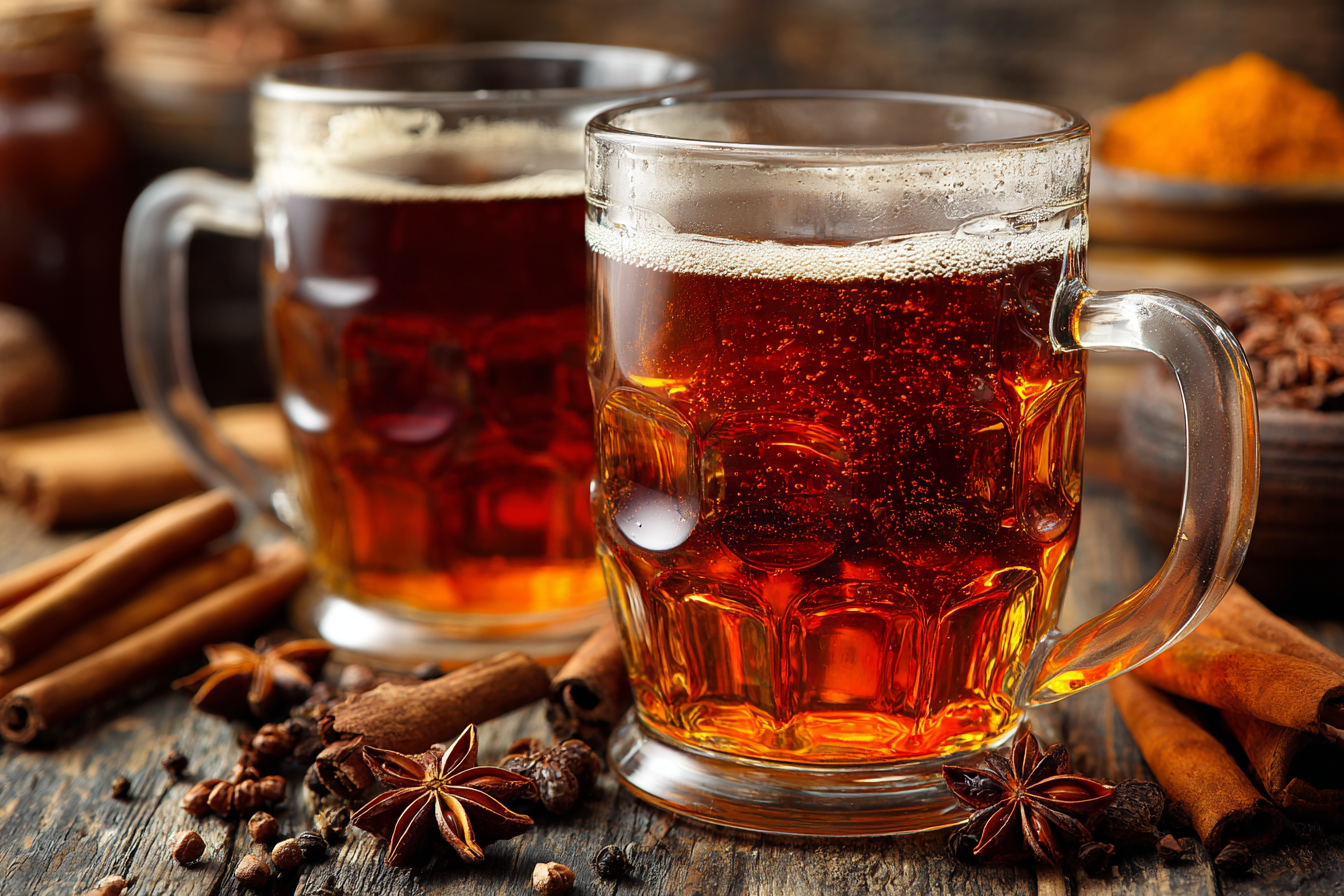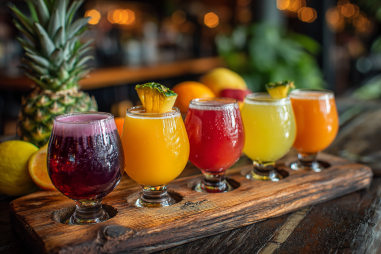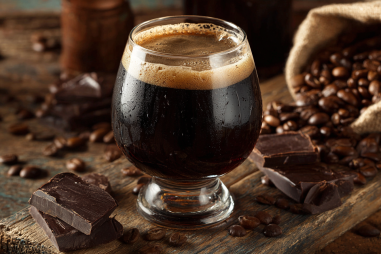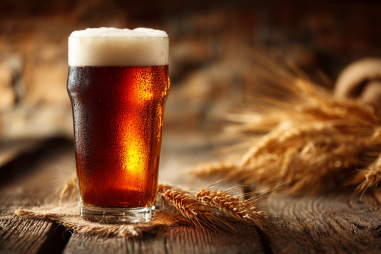As the cold winds start to blow and frost decorates the windows, nothing beats cozying up with a delicious winter warmer beer. These special brews offer a rich, comforting experience perfectly suited to chilly days and long winter nights. Whether you’re a seasoned homebrewer or simply an enthusiast eager to try something new, winter warmer beer recipes provide the comforting blend of malt, spices, and warming alcohol to keep spirits bright and bodies warm through the season.
What is a Winter Warmer Beer?
A winter warmer beer is a style of ale crafted specifically to be enjoyed during colder months. Typically stronger in alcohol than regular beers, winter warmers often range from 6% to 10% ABV or higher. They are characterized by their rich malt backbone providing flavors of caramel, toffee, and sometimes even dark fruits. This maltiness is balanced with aromatic spices and often a higher alcohol content, which imparts a warming sensation—hence the name “winter warmer.”
Unlike lighter, more refreshing summer ales or lagers, winter warmers are designed to provide comfort and depth. They are usually darker in color, though there’s variety depending on the exact recipe and brewer. Originating from traditional English and Belgian brewing styles, the winter warmer concept has been embraced globally, inspiring many creative recipes with varied spice blends and ingredient twists.
Key Ingredients for Winter Warmer Recipes
The magic of a winter warmer starts with the ingredients. While there’s room for interpretation, certain core components define this beer style:
- Malt: Base malts such as pale malt create the foundation, but specialty malts like caramel malt, crystal malt, and brown malt are crucial to developing the rich, sweet, and sometimes nutty flavors characteristic of winter warmers.
- Wheat or Munich Malt: These malts can add body and a bready, malty sweetness that enhances the beer’s warmth.
- Hops: Hops are typically moderate in winter warmers, just enough to balance malt sweetness without overpowering the spices. Traditional hop varieties with floral or earthy notes are common.
- Yeast: English ale yeast strains are often preferred for their ability to bring out malt complexity and subtle fruity esters. Belgian strains can also be used for spicier, more complex profiles.
- Alcohol: Higher alcohol content is standard, achieved by adding extra malt or using adjunct sugars like honey or molasses. This boosts the warming effect and body of the beer.
Popular Spice Additions
Spices elevate a winter warmer from a simple robust ale to a festive, aromatic delight. These additions are often what make the style so memorable. Common spices include:
- Cinnamon: Adds a sweet, woody warmth that pairs perfectly with malt flavors.
- Cloves: Contribute a slightly bitter, spicy kick reminiscent of holiday baking.
- Nutmeg: Brings a warm, nutty aroma that complements the richness of the malt.
- Allspice: A complex spice that combines notes of cinnamon, cloves, and nutmeg, adding depth.
- Ginger: Offers a sharp, zesty warmth that brightens the flavor profile.
- Orange Peel or Zest: Adds a citrusy freshness that balances sweetness.
- Vanilla Beans: Used cautiously to impart creamy, sweet undertones.
Many brewers experiment with combinations or add unique regional spices, making winter warmers highly customizable to individual taste preferences.
Classic Winter Warmer Beer Recipes
Ready to brew or seek inspiration for your next winter beer? Here are some timeless recipes that have become staples in the winter warmer category:
English-Style Winter Warmer
- Malt: Pale malt with crystal and chocolate malt
- Hops: East Kent Goldings or Fuggle
- Spices: Cinnamon, cloves, and a hint of nutmeg
- Alcohol: Approximately 7–8% ABV
This version boasts a rich malt character balanced with classic English hop bitterness and traditional holiday spices. It’s a great base for novice brewers.
Belgian-Style Winter Ale
- Malt: Pilsner malt with aromatic malt additions
- Hops: Styrian Goldings or Saaz
- Spices: Coriander, orange peel, ginger, and clove
- Yeast: Belgian yeast strain for fruity and spicy ester profile
- Alcohol: Around 8–9% ABV
The Belgian winter warmer is more complex with fruity esters from the yeast and a spicy aroma from both the yeast and added spices. It’s perfect for those who love a layered flavor experience.
American-Style Winter Warmer
- Malt: Pale malt, with caramel and chocolate malts
- Hops: American hop varieties like Cascade or Centennial, moderate bitterness
- Spices: Creative blends that might include vanilla, cinnamon, or even coffee
- Alcohol: 7–10% ABV
American winter warmers often play with bolder hop flavors and creative adjuncts, appealing to those who enjoy innovation and a fuller hop presence in their winter brews.
Tips for Homebrewing Winter Warmers
Brewing your own winter warmer can be both fun and rewarding. Here are some helpful tips to ensure your batch comes out stellar:
- Balance is Key: With malty sweetness and spices, it’s important not to overpower the beer by overusing spices or hops. Start with small additions and adjust in future batches.
- Use Quality Spices: Fresh, whole spices or ground just before brewing yield better aroma and flavor. Avoid pre-ground spices that may have lost potency.
- Control Fermentation Temps: Yeast performance contributes a lot to the final flavor, so maintain steady temperatures suited to your yeast strain.
- Consider Aging Time: Winter warmers often benefit from some aging (a few weeks to a couple of months) to allow flavors to meld and mellow.
- Experiment with Adjuncts: Adding small amounts of honey, molasses, or even dried fruits can enhance complexity, just ensure it doesn’t cause fermentation issues.
- Sanitize Thoroughly: As with any homebrew, cleanliness is vital to avoid contamination and off-flavors.
Pairing Winter Warmer Beers with Food
The rich and spiced profile of winter warmers makes them fantastic companions for a variety of dishes, especially those enjoyed during the colder months. Here’s how you can pair them:
- Hearty Meats: Roasted or braised meats such as beef stew, lamb, or pork pair wonderfully with the malty sweetness and spice.
- Holiday Fare: Dishes like roasted turkey, stuffing, or glazed ham match the warming spices and moderate bitterness perfectly.
- Cheeses: Strong cheeses including aged cheddar, gouda, or blue cheese complement winter warmers’ robust flavors.
- Sweet Desserts: Spiced cakes, gingerbread, or chocolate desserts highlight the beer’s spice profile and sweetness.
- Nutty Snacks: Roasted nuts or spiced trail mixes provide a pleasing contrast and complement malt and spice flavors.
Experiment with pairings to discover your favorite combinations that bring out the best in both the beer and the food.
Embracing the Winter Warmer Tradition
Winter warmers hold a special place in the beer lover’s heart as a symbol of comfort and coziness during cold seasons. Whether brewed at home or sought out at your local brewery, these beers invite you to slow down, savor rich flavors, and enjoy moments of warmth and cheer. Armed with classic recipes, essential ingredient tips, and pairing ideas, you’re ready to dive into the beautiful craft of winter warmers. So grab your kettle, measure your spices, and let the brewing magic bring warmth to your winter days.







